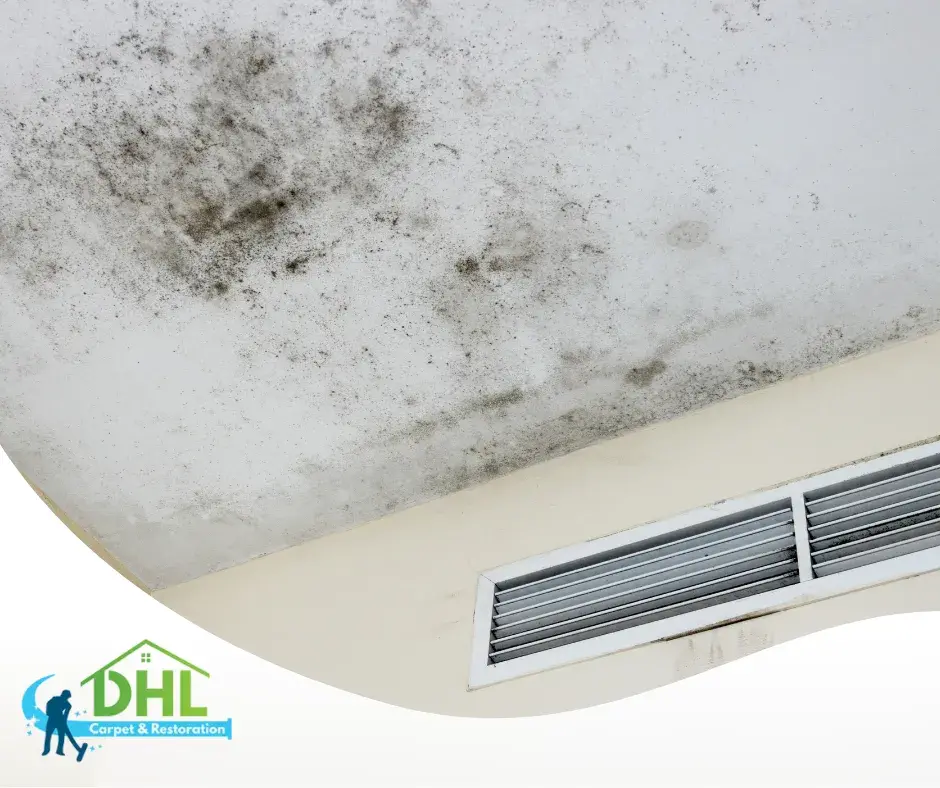When mold appears in a home, many people assume it can simply be wiped away. But treating mold goes far beyond surface cleaning. The terms “mold removal” and Mold Remediation are often used interchangeably, yet they represent very different processes. Understanding this difference is essential for protecting your property, your health, and ensuring long-term results when addressing indoor mold issues.
What Mold Removal Really Means
Mold removal typically refers to cleaning visible mold off surfaces. It might involve using household cleaners or antifungal sprays to eliminate the surface appearance. However, this approach rarely addresses the underlying moisture problem or the hidden colonies growing behind walls, ceilings, or in HVAC systems. While it may offer temporary relief, it doesn’t solve the root cause and often leads to regrowth.
The Scope and Purpose of Mold Remediation
In contrast, Mold Remediation is a comprehensive, science-based strategy. It goes beyond cleaning by identifying all mold sources, containing the area, using specialized filtration systems, and safely removing contaminated materials. Technicians also take steps to prevent mold from returning by addressing ventilation and humidity issues. This method doesn’t promise to remove 100% of mold—because mold spores exist naturally in the air—but it significantly reduces them to safe, healthy levels indoors.
Health and Safety Considerations
Surface mold might seem harmless, but exposure can trigger allergic reactions, asthma symptoms, and respiratory issues—especially in vulnerable individuals. Mold remediation helps ensure that spores aren’t circulating through your air or growing in hidden damp spaces. By combining removal with containment and prevention, remediation provides a healthier indoor environment and peace of mind for homeowners.
When to Choose One Over the Other
Minor mold on bathroom tile or windowsills may be handled with simple removal techniques. However, if you notice widespread growth, musty odors, water damage, or recurring mold in the same areas, it’s time for professional intervention. Choosing remediation ensures you’re not just cleaning what you can see, but also fixing what you can’t. In the long run, it’s the safer, more effective solution for mold control.
Learn More
Understanding the Mold Remediation Process: A Step-by-Step Guide

